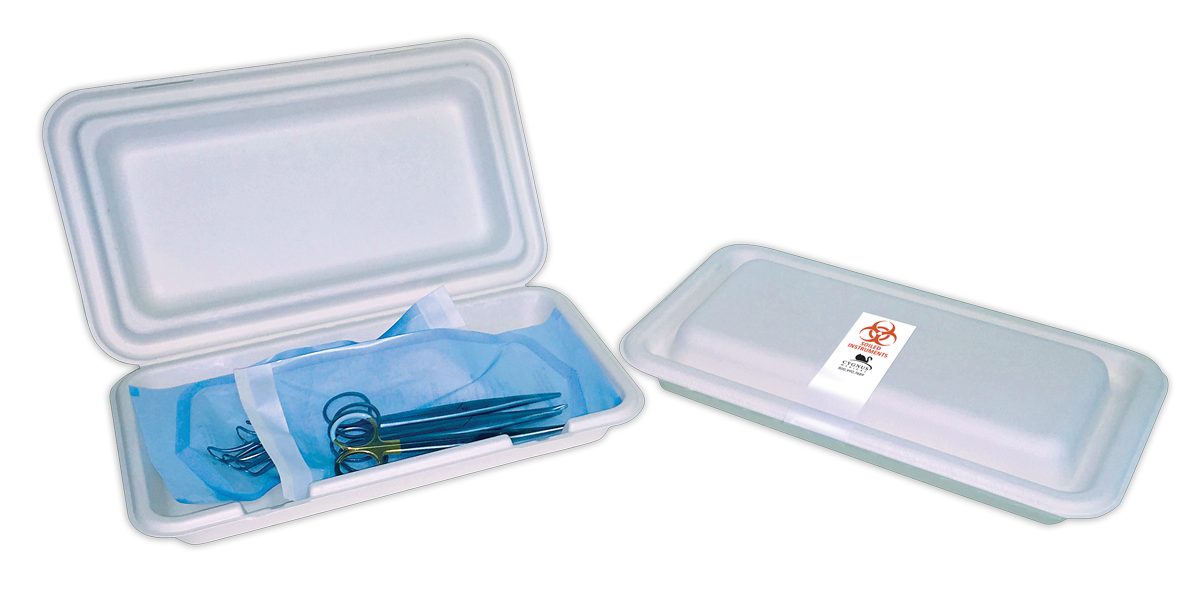Plastic Biohazard Instrument Transport Container

Instrument transport pre cleaning enzyme gel.
Plastic biohazard instrument transport container. These shatter resistant containers are manufactured from virgin polypropylene and have a proprietary all plastic leak resistant seal that prevents bio hazardous spills. We utilize a large plastic container with a lid labeled biohazard. To prepare their contaminated instruments for shipment the clinics follow the following procedure. Use this product with our transport containers for a simple solution to water and detergent.
Once secure the scrub takes the instruments to the decontamination room where the central sterile personnel remove it clean the plastic container and have it. Healthmark cleaning verification tests trays containers bins carts and packaging for the sterilization decontamination storage distribution and security of medical and surgical equipment and supplies. Conduct secondary containment of biohazardous waste with thermo scientific nalgene biohazardous waste containers which feature convenient one step sterilizationno need to remove the bag. Carts are divided into two compartments except ttcc 20 which is one compartment.
We place a large red biohazard bag inside the container to line it and place the dirty instruments inside the bag. Covered sst containers in closed carts afford double protection during transporting. Due to the coronavirus outbreak worldwide global demand for some personal protective equipment ppe is exceeding supply. This powerful enzyme and detergent formulation is designed to assist in the removal of blood tissue mucus and other proteinaceous materials.
The clean label is placed over the biohazard print on the container when the contents are clean sterile. Due to the coronavirus outbreak worldwide global demand for some personal protective equipment ppe is exceeding supply. A port opening in the cover allows for one handed disposal of materials limiting exposure to infectious waste. In addition manufacturing of ppe and many other wound care and infection prevention products have been impacted by global response to coronavirus.
First the contaminated instruments are placed into a plastic container with a lid. Once the clean processed instruments are removed the clean label is removed revealing the biohazard label and the container is placed in the soiled utility room and ready to hold the soiled goods for pick up and transport to sterile processing. The instruments are then sprayed with an enzymatic foam. The container is then marked with an approved biohazard label sealed and placed into a larger plastic.


















